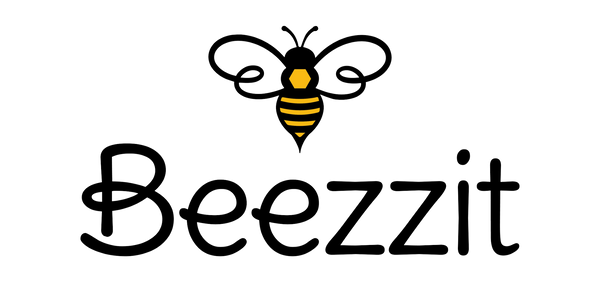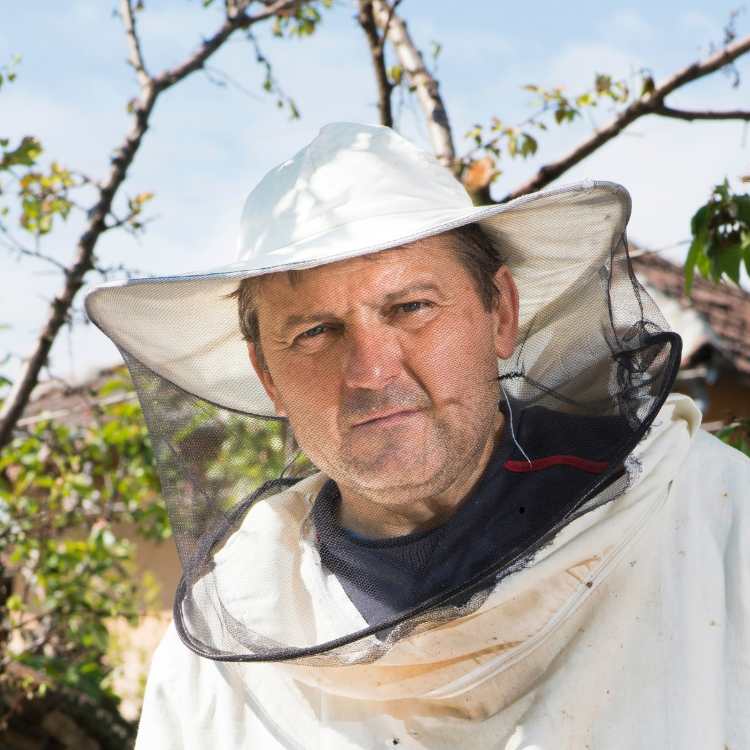Wasps are more widely known for their stings rather than their ecological role. Super menacing close up and there is plenty of reason to fear it. First and most important is the aggression. But if you set that aside, you might have seen buzzing among flowers. So, it is natural to wonder, are wasps pollinators?
Wasps include thousands of species, each with different behaviors, diets, and contributions to ecosystems. Some specialize in pest control, others in nectar foraging, and a few act as indispensable pollinators.
Wasps and their evolutionary link to bees
- Wasps existed long before bees.
- Bees are essentially wasps that shifted to a vegetarian lifestyle.
- Bees evolved branched body hairs for efficient pollen transport. Most wasps remained smooth-bodied, limiting pollen capture.
This evolutionary split explains why many people still ask are wasps pollinators in the same sense as bees. The answer depends on which species of wasp you observe.
How do wasps pollinate
Incidental pollinators
Most wasps feed on nectar as adults. In doing so, they brush against flower parts and transfer pollen. Unlike bees, wasps do not groom or store it. This makes the pollination “accidental.”
- Effective on shallow open flowers such as goldenrods, Queen Anne’s lace, raspberries and asters.
- Less effective on deep flowers since their tongues are short.
- Still valuable in maintaining plant reproduction, especially when bee populations decline.
Specialized pollinators
Some wasps are not accidental but essential pollinators
- Fig wasps: Each fig species depends on its own fig wasp for pollination inside the enclosed fruit. Without them, no seeds form.
- Orchid pollinating wasps: Certain orchids mimic pheromones or shapes of female wasps. This tricks the males into transferring pollen.

Predatory wasps that visit flowers
The Great Black Wasp
The great black wasp is one of the most striking solitary digger wasps. Also known as the katydid hunter for its habit of paralyzing grasshoppers and katydids to feed its larvae.
The adult wasp depends heavily on nectar from plants such as milkweed, bee balm and goldenrod, despite their formidable hunting skills. And in feeding on these blooms, it inadvertently helps them pollinate.
The Thread-Waisted Wasp
Another nectar seeking hunter, the thread-waisted wasp is recognizable by its slender waist and distinct red abdominal band. This species of wasp provisions its nests with caterpillars by dragging its prey with remarkable speed and strength.
While their larvae develop on a protein-rich diet, the adults can often be observed visiting flowers like bachelor’s buttons, where their movements contribute to pollen transfer.
Sand wasps
With its iconic blue-black body marked by silver streaks, the sand wasp specializes in capturing the larvae of moths and skipper butterflies. As adults, sand wasps are frequent visitors to goldenrod in late summer, a time when pollination opportunities are super crucial for many native plants.
Parasitoid wasps
Unlike parasites that spare their hosts, parasitoid wasps ultimately kill theirs. While their larvae grow inside the caterpillar, beetle grubs, or other insects, the adults will depend on nectar and rotting fruit for survival. Some of the more common species include:
Ichneumon wasps
These belong to the diverse family Ichneumonidae. This includes thousands of species with massive ecological impact. The females are equipped with long ovipositors that help them inject their eggs deep into beetle larvae or caterpillars. This also works great for regulating populations of common crop pests like codling moths and tomato hornworms.
Once mature, adult Ichneumons will frequently forage on asters and goldenrods, transferring pollen as they move among blooms.
The American Pelecinid Wasp
The American pelecinid wasp will stand out because of its elongated, curved abdomen, which females use to probe soil and deposit eggs into beetle grubs hidden underground. While the larvae feed on these buried hosts, the adults are often seen gliding slowly over flowers. They also make small but consistent contributions to pollination.

Planting for pollinating wasps
If gardeners ask are wasps pollinators worth supporting, the answer will be clear with their planting strategies. Providing nectar sources sustains adult wasps while they control pests and incidentally pollinate.
Woody pants
- Winterberry holly
- Summersweet clethra
- Meadowsweet
Herbaceous perennials
- Goldenrods
- Spotted bee balm
- Milkweed
- Alexanders
- Queen Anne’s lace
These plants provide nectar for adult wasps and attract other beneficial species.
Risks and perceptions
- Social wasps like yellowjackets and hornets defend nests very aggressively. Their stings make them unwelcome near humans.
- Solitary wasps, which make up the majority of species, rarely sting and pose very little threat. These solitary species account for much of the incidental pollination observed in gardens.
The final answer
So are wasps pollinators. Yes, but not as efficient as bees. Their pollination is often incidental, but it matters. These wasps occupy a vital, often underappreciated, role in ecosystems.
When combined with their pest control services, these wasps deserve a place of respect in both our gardens and agriculture.
For more such fun insights and stories, consider following my full blog here.





